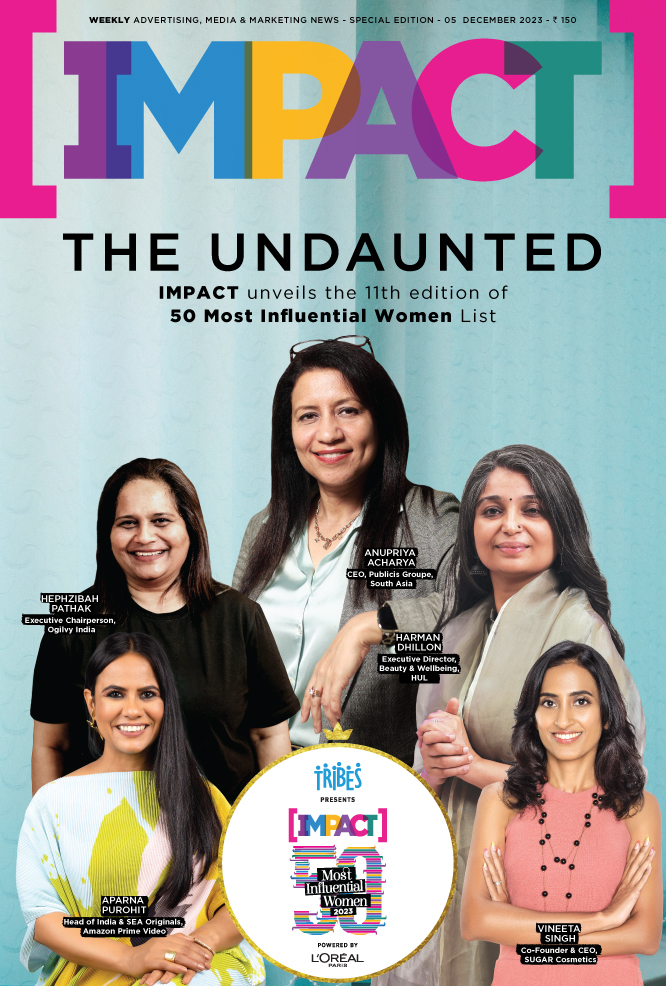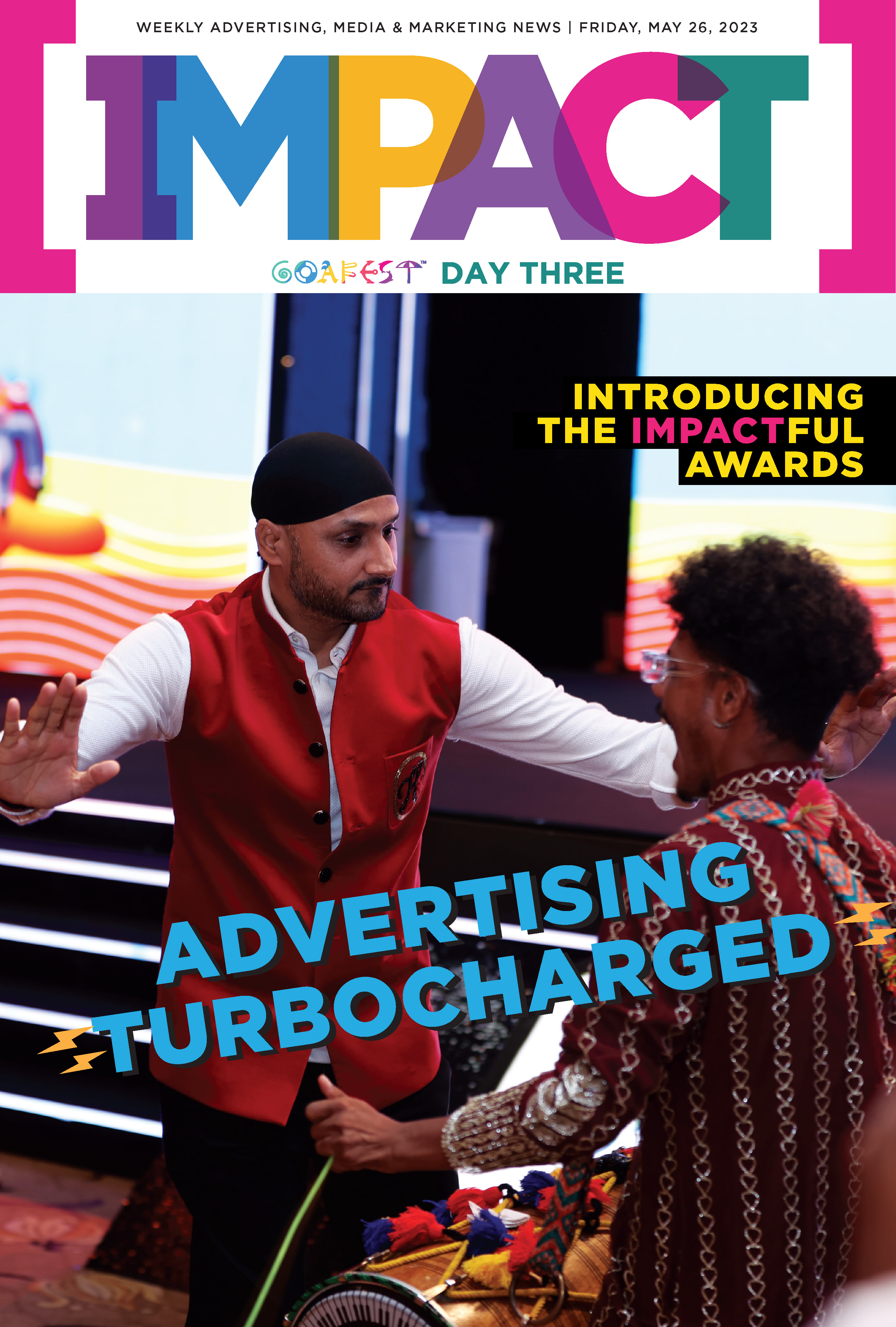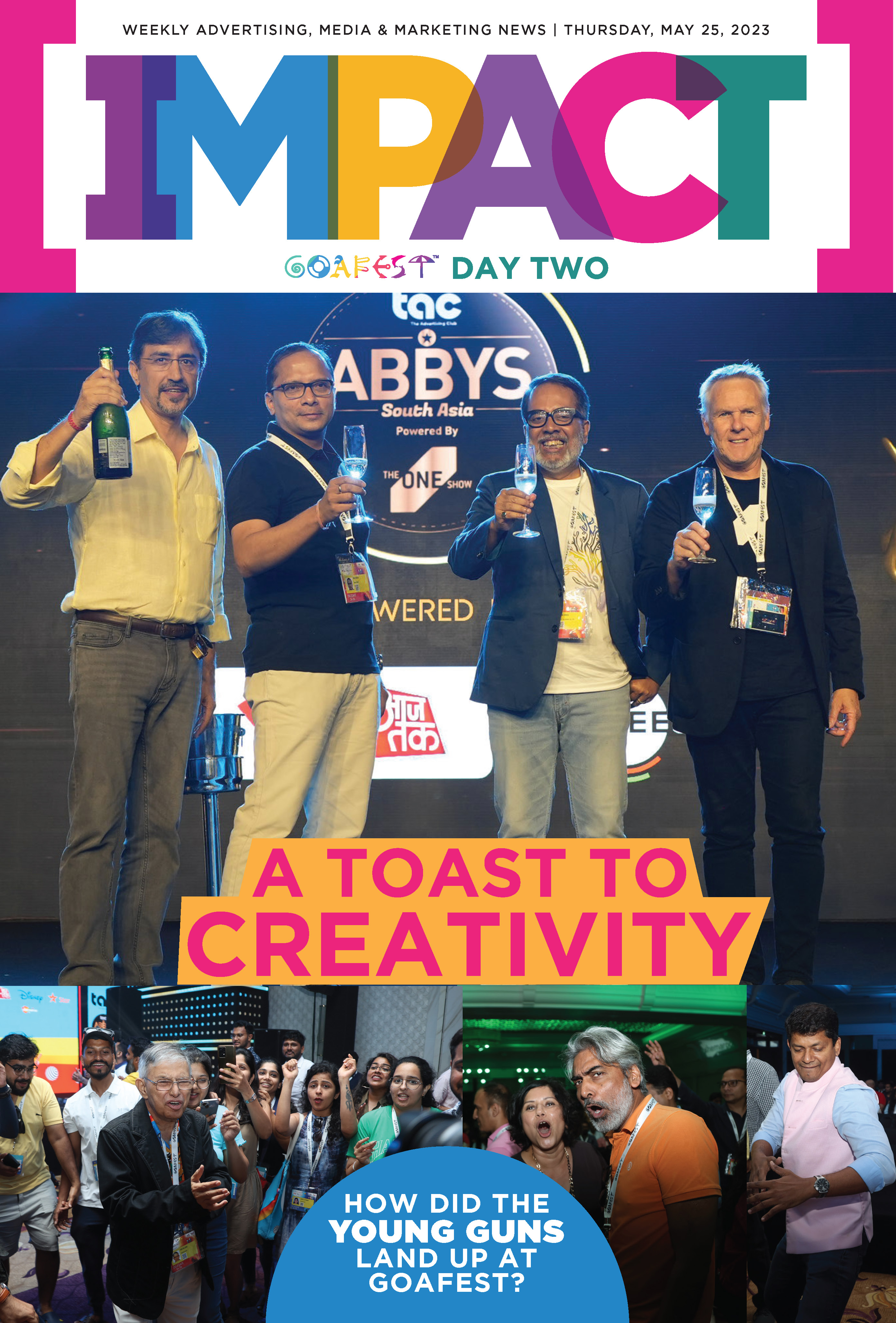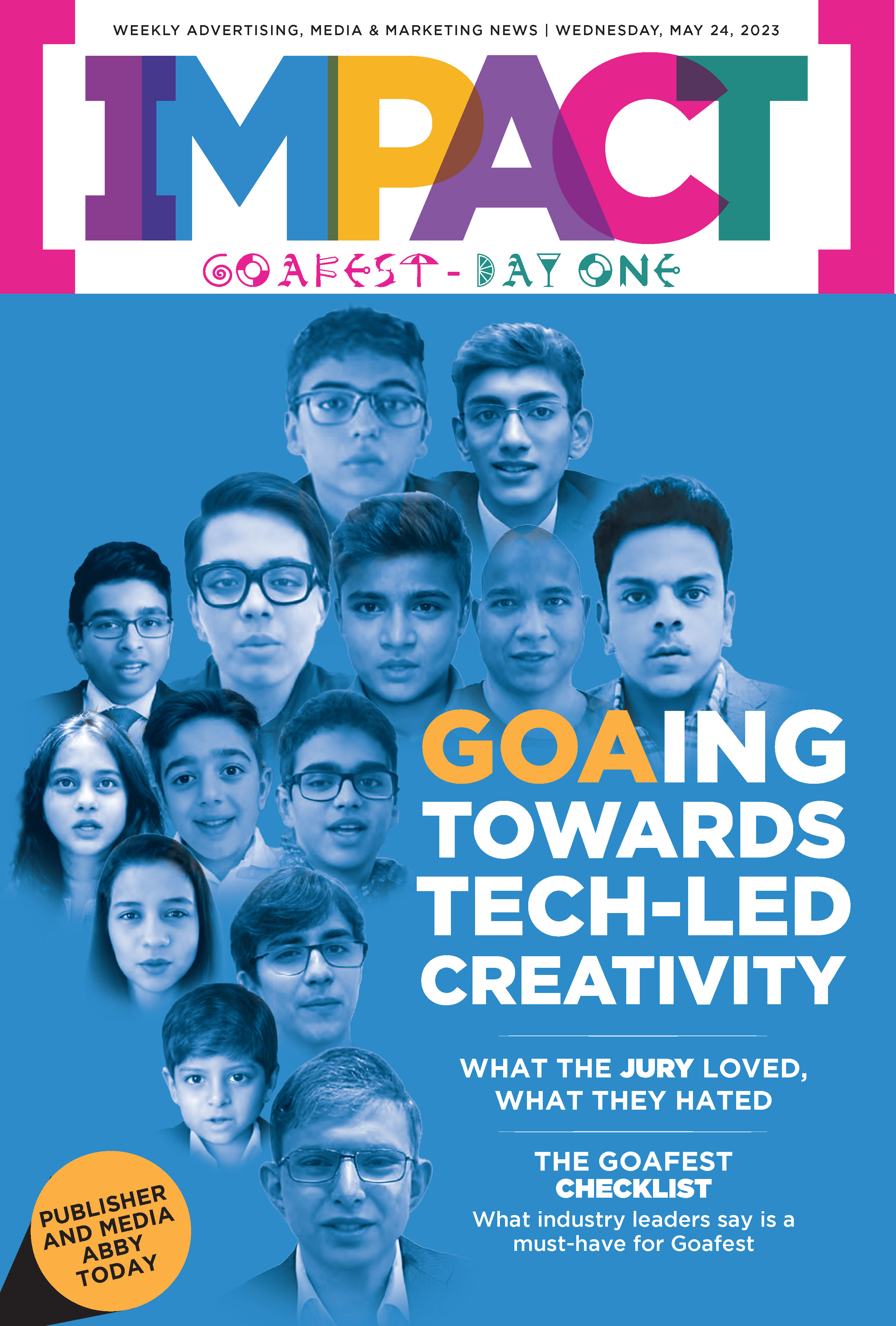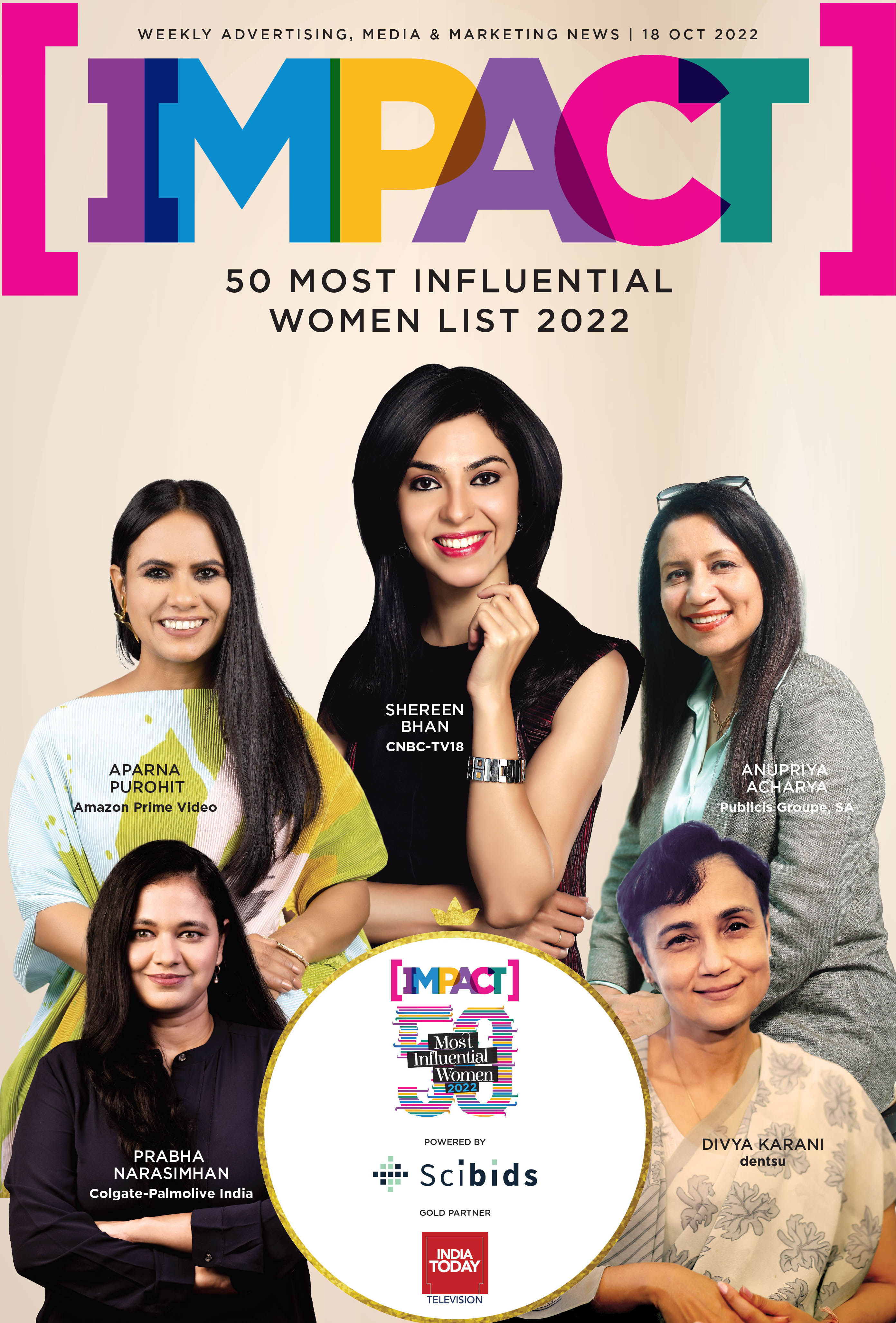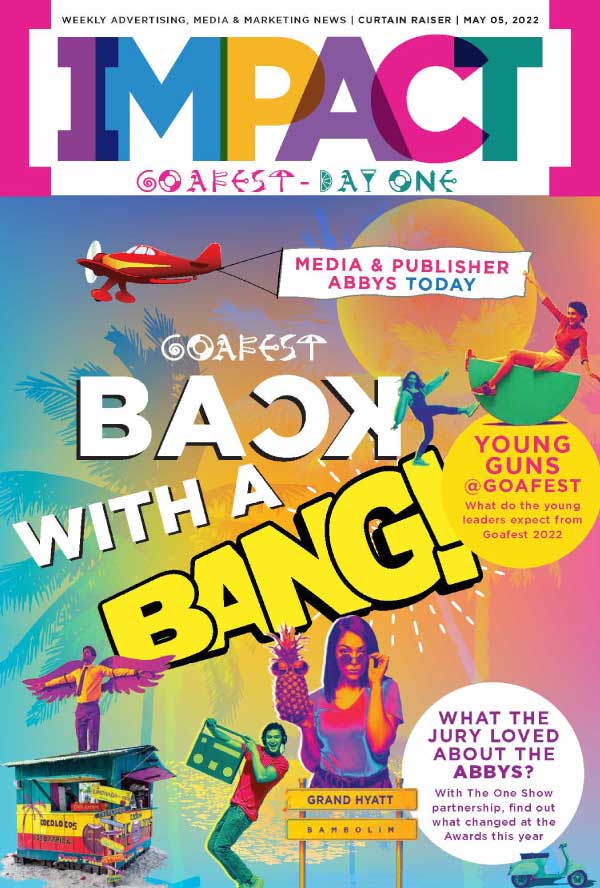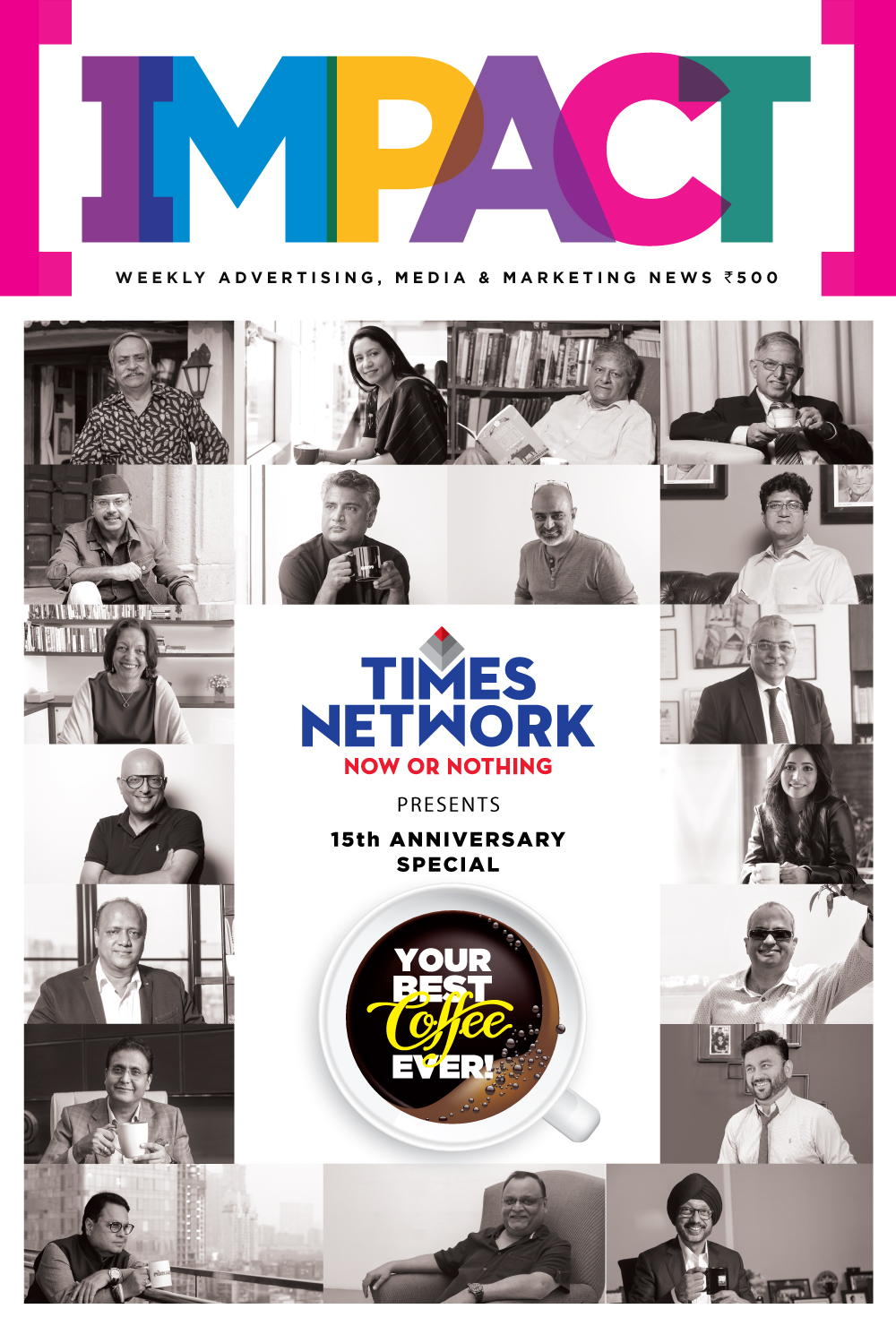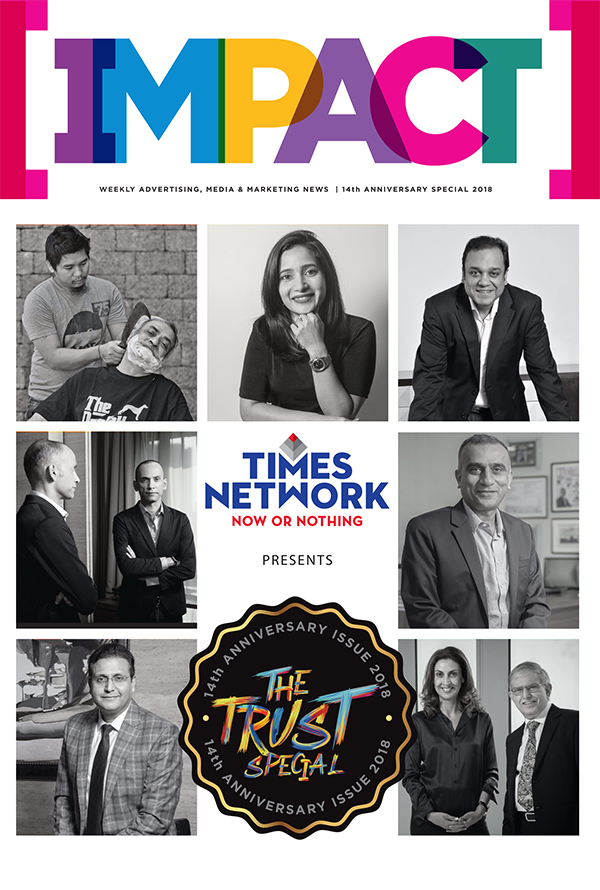There was a time when a brand was born through brainstorms and refined over late-night cups of coffee. Today, we have stepped into a landscape where machines not only assist but also author. But as our tools become more autonomous, we are left with a defining creative dilemma: How do we preserve the soul of a brand when its voice is partially written by silicon?
The Rise of Agentic Brands
We are entering an era of Agentic Brands. These are brands with a codified sense of self and capable of making brand-consistent decisions across formats, cultures and channels. But autonomy without anchoring becomes noise at scale.
But with this evolution comes a very real challenge of sameness. When automation scales without differentiation, everything begins to feel templated. The irony? In the effort to hyper-personalize, we are creating pattern fatigue. To build agentic brands, we must rethink what it means to be a brand steward. Therefore, the modern CMO (Chief Marketing Officer) is a creative lead and an architect of identity systems. The role is to ensure that what we automate serves the purpose of we believe in. The most successful brands in the AI (Artificial Intelligence) era will treat their identity not just as a fixed asset but as a strategic thought that is designed to scale, adapt and evolve without diluting its essence.
When CRM Stops Feeling Personal
Consider a modern CRM (Customer Relationship Management) landscape with multiple points of sale, various engagement channels and a spectrum of behavioral data. It sounds like the perfect environment for AI agents to thrive. They achieve this by sending push notifications, dynamic offers, birthday discounts and abandoned cart nudges, all of which are carefully optimized for timing and impact.
But here's the trap: when the tone, structure and experience of these communications converge, the brand's character blurs into background noise. Let’s take a fashion brand. One customer gets a WhatsApp message saying, 'You left this in your cart, it's waiting for you!'. Another receives an email that says, 'Trending Now: Styles picked just for you.' A third is served an app pop-up that says, 'Flash Sale. Your favorites. 4 hours only.' These may all be contextually accurate, but emotionally, they are interchangeable. The voice feels pulled from a template, not a story.
Leveraging AI Responsibly as a Co-Creator, Not Content Machine
The narrative around AI as a ‘content machine’ is reductive and dangerous. It’s tempting to chase speed and scale, but brands must remember that they aren’t built by output volume but by consistency, clarity and emotional intelligence. AI should be viewed as a creative infrastructure rather than a plug-and-play generator. So, what is AI truly good at and where should it stop? AI excels at detecting patterns, surfacing insights and adapting delivery to micro-moments. But it is not yet a creator of context. It fails to grasp irony, cultural nuance or the underlying ethos of a brand's philosophy. That requires a human in the loop.
Instead of handing over the mic, we must teach AI how to listen better. Any experienced marketer, when asked what defines their brand, will never say font or logo. It is always the tone of voice in a crisis, the unspoken principles in a product experience and the choices the brand doesn’t make. And none of that can be easily reduced to prompts.
To operationalise AI within a brand, there is no choice but to translate the intangible into systems, which means more than just guidelines. It means building a living, responsive framework that encodes the ethos into parameters. This framework should become the baseline for AI to learn the underlying philosophies behind the brand. If done well, this becomes a competitive advantage. Brands that can achieve this will move faster and in a more authentic manner in a world that doesn’t seem to stop.
Dynamic Brand Expression
One of AI's most underappreciated contributions is its ability to recognize patterns in real-time. This opens the door to dynamic brand expression, allowing systems to evolve based on user feedback rather than relying on static reviews. The most sophisticated companies aren’t using AI to broadcast louder, but they are using it to listen better. The result is that brands can adapt in real-time and be attuned to their specific context.
In this model, campaigns become ecosystems. The brand voice becomes a responsive instrument. Audience engagement becomes a two-way calibration, beyond just a metric and more of a relationship.
Brand Positioning in the Age of OpenAI
For decades, digital marketing has centered on one core pillar: search. We all optimized for queries, fought for keywords and climbed the SEO (Search Engine Optimization) ladder. But the rise of conversational AI is changing that dynamic. In a ChatGPT-first world, people no longer search; they ask. And when they do, your brand doesn’t appear as a ranked result; it appears as a response. That response is your new first impression. What does ChatGPT say about your brand? How does it summarize your values? What tone does it associate with your identity? This is where the battleground of semantic equity emerges. This is when you know how your brand is understood, interpreted and contextualized by generative models. It's no longer enough to be searchable; the brand must be speakable.
The Future Is Sentient, Not Synthetic
As generative tools flood the market with content, differentiation becomes increasingly challenging. In the face of infinite production, it’s the ability to co-create with technology and not through it that counts. And, this has to be done by maintaining brand coherence and emotional depth.
Brands must feel human, even when delivered by machines. That’s not a philosophical stance; it’s a competitive imperative in today’s day and age.












